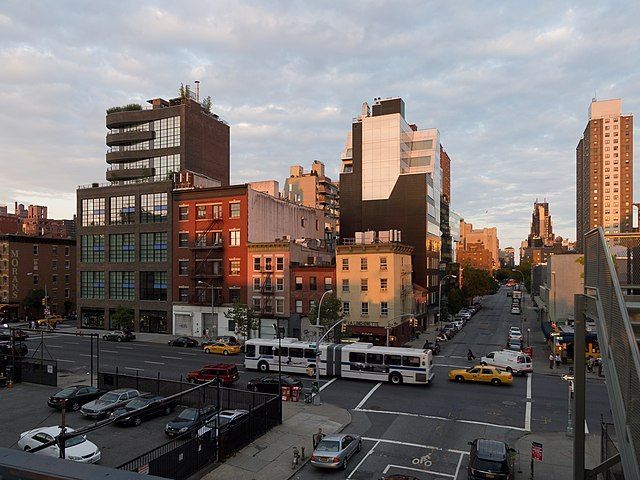Blog
Media Contact
Email: media@floodpanel.com

$20 Billion Plan to Protect New York from Floods
As we have discussed in a previous post, vast new swaths of New York and New Jersey have been added to official flood zone maps. This means that these areas now require flood insurance for businesses and homeowners, and rates for this insurance are expected to rise precipitously in the coming years. But no amount of expensive flood insurance can prevent flood disasters- for that, planning and preventive measures must be implemented.
In early July, New York Mayor Michael Bloomberg announced an ambitious $20 billion plan to put into place flood protection devices and barriers that are designed to save the city from the next Hurricane Sandy. The plan is an extremely aggressive and forward-thinking proposal to shield the city from the effects of global warming.
The plan incorporates many different types of flood protection measures, including removable flood barriers, levees and floodgates, and the construction of flood barriers from natural materials such as sand dunes to deflect furious storms and winds from low-lying areas. Marshes would be added in specific areas to absorb and channel water in ways that are less destructive to surrounding communities.
Hospitals, fire stations, police departments, and clinics in at-risk areas would be flood-proofed under Bloomberg’s plan. During the Hurricane Sandy emergency, many of these critical services were themselves inundated, and were unable to assist the community. Homes in severely threatened areas will also be flood-proofed.
Removable flood walls are a central part of the plan to protect Manhattan. These flood walls will consist of posts and flood panels that would be put into place in advance of a big storm. This approach has been used successfully in other parts of the world, including the Netherlands. The obvious disadvantage of this device is that it must be manually erected before the storm, unlike automatic flood panels that are being used in many other flood-prone properties.
Mayor Bloomberg, in a speech at the hard-hit Brooklyn Navy Yard, emphasizes that the proposed work will takes many years, and even decades to fully complete. But he envisions a city that will one day be able to withstand the extremely severe hurricanes that undoubtably loom in the future.
Bloomberg’s plan is being funded by a variety of sources, including relief funding from Hurricane Sandy, federal grants, and a proposed surcharge on property insurance from all homeowners in the area. In addition to the protection of infrastructure and emergency services, grants will be available for individual property owners to flood-proof their homes and businesses.
This ambitious flood protection plan is being widely praised for its forward-thinking ideas and efforts to prevent future disasters. However, not everyone will be pleased with the coming changes, as some flood barriers will block ocean views and may not be aesthetically pleasing in some cases. But most residents who lived through the Sandy disaster will surely welcome the protection, even if it means sacrificing a pleasant vista.
Source: http://www.floodbarrierusa.com/

